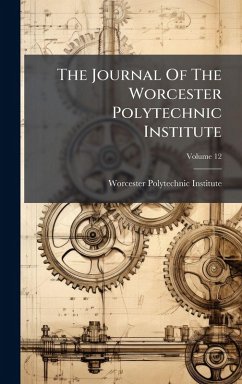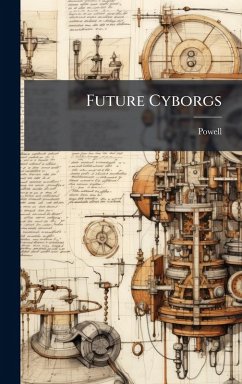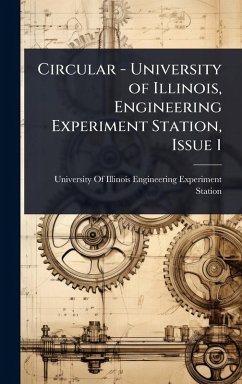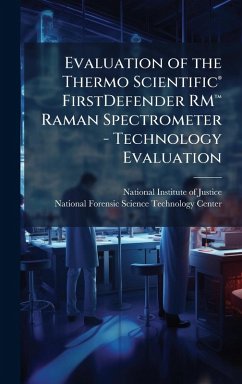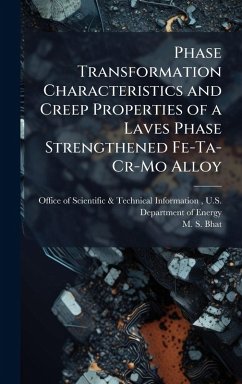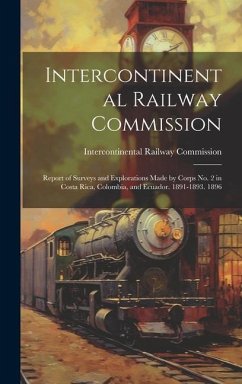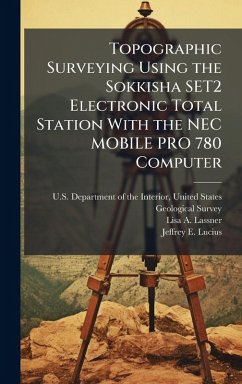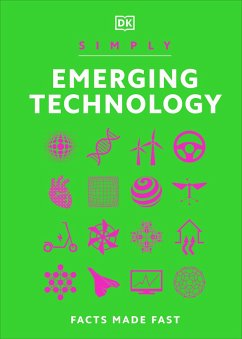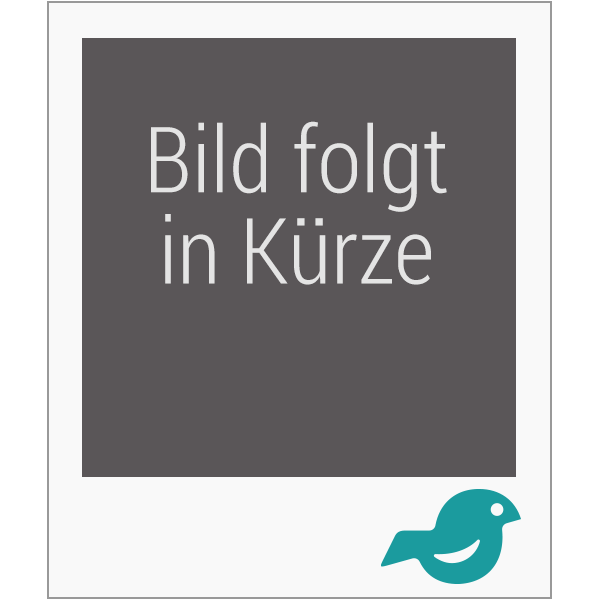
Thomson Scattering Study of Collisional-Shock Heated Plasmas, Report No. 62
Versandkostenfrei!
Versandfertig in über 4 Wochen
28,99 €
inkl. MwSt.
Weitere Ausgaben:

PAYBACK Punkte
14 °P sammeln!
Thomson scattering was used to obtain eloctron temperature and density profiles in deuterium plasmas produced by strong collisional shock waves. The transverse shock speeds were 3 to 25 cm/ usec in 50 to 100 mTorr deuterium. Ruby laser light was incident at a right angle to the axis in the midpoint of the annular gap of an electromagnetically driven coaxial shock tube.and scattered 9 light was collected at 90 degrees. Plasma created by reflecting a strong shock from a dielectric wall was also studied. It is found that the plasma electron temperature (10-30 eV) is much less than the ion tempera...
Thomson scattering was used to obtain eloctron temperature and density profiles in deuterium plasmas produced by strong collisional shock waves. The transverse shock speeds were 3 to 25 cm/ usec in 50 to 100 mTorr deuterium. Ruby laser light was incident at a right angle to the axis in the midpoint of the annular gap of an electromagnetically driven coaxial shock tube.and scattered 9 light was collected at 90 degrees. Plasma created by reflecting a strong shock from a dielectric wall was also studied. It is found that the plasma electron temperature (10-30 eV) is much less than the ion temperature (100-500 eV) as is predicted by theory for the early life of the plasma. Electron-lon Coulomb colllslonal temperature relaxation does not occur during the times of observation (3-4, AA sec). Electron heating in the plasma is caused primarily by Ohmic dissipation of currents in the shock structure and piston. Plasma densities (0.5-3.5x1016 cm-3) agree well with shock theory predictions. For gas ionizing shocks, good agreement with collisional theory is found for the electron temperature. This work has been selected by scholars as being culturally important, and is part of the knowledge base of civilization as we know it. This work was reproduced from the original artifact, and remains as true to the original work as possible. Therefore, you will see the original copyright references, library stamps (as most of these works have been housed in our most important libraries around the world), and other notations in the work. This work is in the public domain in the United States of America, and possibly other nations. Within the United States, you may freely copy and distribute this work, as no entity (individual or corporate) has a copyright on the body of the work. As a reproduction of a historical artifact, this work may contain missing or blurred pages, poor pictures, errant marks, etc. Scholars believe, and we concur, that this work is important enough to be preserved, reproduced, and made generally available to the public. We appreciate your support of the preservation process, and thank you for being an important part of keeping this knowledge alive and relevant.




